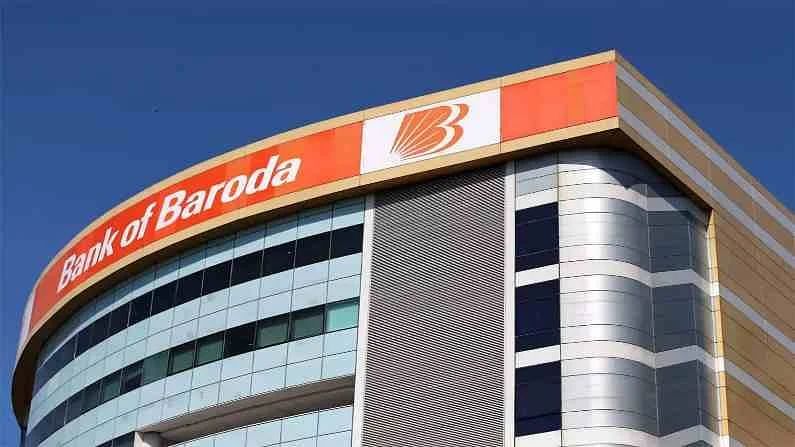Back to Basics: Way forward for Indian Banks
In a mixed economy and transitional society such as ours we need both players to take the economy forward

In 2021, the government announced a series of reforms to transform the banking sector. Three new entities including the much-hyped Bad Bank and a development financial institution (DFI) were set up to resolve the huge bad loans plaguing the banking sector and address infrastructure financing deficit respectively.
Although almost nine months have passed, not one of these institutions has started formal operations.
A more poignant question is whether the above measures are enough to transform our banking sector for the best kind of delivery? They may be necessary but perhaps not enough. The ongoing pandemic has added discomfiture to recovery efforts.
The banking sector regulator in its latest annual progress and trend reports has observed that banks asset quality (GNPA) after reaching 6.9% in September 2021, the lowest in six years, could again get affected adversely as forbearances end soon.
While the entire banking industry has suffered during the last five years on account of asset quality issues some lenders have shown resilience and have done damage control by following prudent yet basic banking.
Prudent banking includes prudent leadership at the top. In the trend and progress report, the Reserve Bank of India further observes that the public sector banks have lost a substantial portion of their market share in credit and the trend continues unabated.
Banks continue to suffer from HR issues
In the pre liberalization period state run lenders accounted for nearly 90% of market share but during the last 30 years they have lost approximately 30% of their share and if this trend continues the PSBs will soon have an existential crisis.
While the amalgamation in state run banks was expected to bring in synergies and a pan India feature in the merged entity, the existence of a few smaller sized and mid-sized banks side by side has led to a situation that looks like the process was experimental and incomplete.
So, in the public sector bank space we have six large sized banks including State Bank of India (SBI) and an equal number of banks in the small and medium category.
Even as the amalgamation process has been completed from the balance sheet and the technology front, most entities are still confronted with a lot of human resource (HR) issues. We need to wait longer to see benefits of the amalgamation for the economy and general public.
In a mixed economy and transitional society such as ours we need both players to take the economy forward. All is not well with the private banks which is evident through the Yes Bank crisis or the recent RBL Bank issues.
The regulator also observes that the private bank CEOs are much better compensated than their PSBs peers but still there are significant shortcomings. There cannot be one fits all kind of solution to the industry. The reforms need to continue with greater focus on human resource, accountability, and on digitized disruption and on inclusive growth.
In the past, the government was successful in breaking the nexus of industries and banks and instrumental in the shift from class banking to mass banking. Rapid expansion of branches, massive mobilization of public deposits, flow of credit to priority sector, agriculture and allied activities should be the key areas to transform banking in this new year.
(The author is a senior advisor with Indian Banks’ Association. Views expressed are personal).